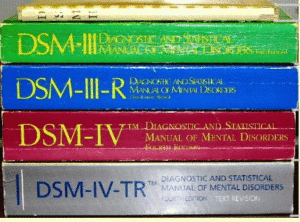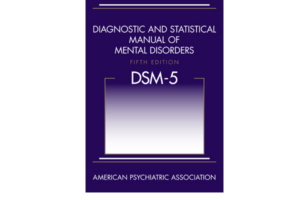
The Diagnostic and Statistical Manual of Mental Disorders (DSM) first appeared in 1952. The goal of the DSM is the help psychiatrists, psychologists, and other clinicians diagnose patients with mental disorders.
That first version of the DSM only had 106 listed “reactions”. It also did not include child disorders, and was less than 150 pages long. It was also rooted heavily in Sigmund Freud’s psychoanalysis.
In 1968, the DSM came out with it’s second version, or DSM-2. This version listed 80 more disorders than the first DSM, including a group of disorders commonly diagnosed in childhood. This version also started to move away from psychodynamic perspective.
The DSM-3 arrived in 1980, which took on a more modern form. The goal of this DSM was to objectivity and to keep the theories unbiased/neutral. These theories were based off of field trials and experiments. They added about 100 more disorders (265), and had more than 500 pages. Seven years later, in 1987, the DSM-3-R was published, which added approximately 30 disorders.
The DSM-4 was released in 1994. The goal of this version was to have a systemic literature review, which is a review of empirical evidence of the listed disorders and treatments. The number of disorders decreased to 279. In 2000, the DSM-4-TR was published with very few revisions.
Finally, the DSM-5 was published in 2013, which is the most current DSM. The goal was to maintain consistency and continuity with the previous DSM. They made revisions based off of the scientific and empirical evidence. The disorders increased to 294, with almost 950 pages.

The categories listed in the DSM include…
- Depressive Disorders
- Anxiety/Fear Disorders
- Bipolar Disorders
- Personality Disorders
- Psychotic/Schizophrenia Disorders
- Addictive Disorders
- Feeding/Eating Disorders
- ADHD
- Autism
- Implies Control and Conduct Disorders
- Dissociative Amnesia
- And more!
For more information, check out these links!
- http://www.dsm5.org/Pages/Default.aspx
- https://psychiatry.org/psychiatrists/practice/dsm/history-of-the-dsm
- http://www.apapracticecentral.org/reimbursement/icd-10-cm/dsm-5.aspx?_ga=1.115142087.1708959200.1385078646